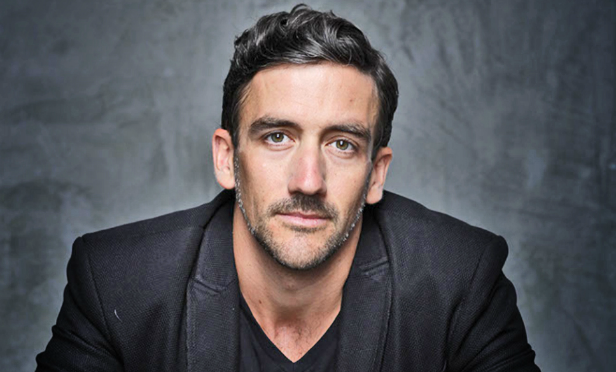
Not all architectural trends are winners. Several trends have emerged in the last few years that Matthew Rosenberg, founder of M-Rad Architecture, hopes will go away in 2018. Among the trends are greenwashing and patterned facades, as well as artificial Astroturf and middleman, such as realtors and brokers, in real estate transactions. We sat down with Rosenburg to talk about his top 10 design trends to which he would like to say good-bye in 2018, why he thinks they rose to popularity to begin with, and what trends will emerge this year.
GlobeSt.com: What are the trends you are hoping will stay in 2017, and why have they become popular?
Matthew Rosenberg: First, furniture designer knockoffs. Society is advertising the importance of having the finer things in life, such as designer handbags and designer furniture; however not all of us have the wallet to afford such a luxury lifestyle, and are willing to buy a cheaper knock-off version and 'fake it'.
Second, artificial turf. The West Coast drought brought about a lot of talk about ways to save water. Watering lawns became shamed so artificial turf started to be advertised as a solution if you wanted a 'green front yard' and save water. Unfortunately, the entire message on the environmental effect was not relayed before people started ripping up their lawns to replace with artificial turf.
Third is greenwashing. The go green and healthy living movement in recent years has become so popular that brands have slapped the word or color green on their products to make it appear more healthy or environmentally friendly as there is now a direct association with 'green' and 'health'
Fourth is Instagram museums. Instagram and self-branding has become so popular, entire museums have been established for “selfie” obsessed.
Fifth is realtors and brokers. As people's lives get busier, faster paced, and more customized—they want an all-in-one experience direct to the source to save resources like time and money.
Sixth is smart coffee tables. A combination of increased demanding workloads and stress, as well as advanced technology in the entertainment industry allowing TV shows to be more like captivating and addiction worthy mini movies, make people want to crash on the couch for hours to watch episodes of their favorite series. If your coffee table can hold your beer, snacks, charge your phone, and play music.. there's no reason to leave your couch!
Seventh is patterned facades. The previous simplistic style was considered boring so designers started going overboard with patterns and textures… which quickly became too overwhelming. Simplicity is back and will remain classic.
Eighth is basic residential interiors. As the “hygge” lifestyle becomes more popular, boring designs, flat ceilings, box style rooms will become a thing of the past.
Number nine is dining rooms. Millennials are buying houses and working from home and no longer hold 'formal dinners' like previous generations.
And, finally, one level parking lots. As cities become more compressed and real estate less abundant, one level parking lots will begin to convert to stacked parking or multilevel to make the most efficient use of valuable space.
GlobeSt.com: Why do you think that they should stay in 2017, and why do you feel they are outdated?
Rosenberg: Many of these trends are obvious fads that are not designed to stick around forever, but others are a direct influence from our evolving lifestyles due to advanced technology climate change, and the importance of marketing/ advertising.
GlobeSt.com: What are some of the architectural trends that emerged in 2017 that you hope will continue?
Rosenberg: Exposed beam ceilings, hygge style interiors, open layouts, live/ work/ co-work spaces.
GlobeSt.com: What do you think will be the defining trend of 2018?
Rosenberg: It's hard to choose just one trend, but natural elements integrated into design seem to be a steadily growing trend here to stay for at least the next year or so.
GlobeSt.com: It's early, but have you already seen some of these trends begin to emerge. Are there projects that you are looking at as pioneering?
Rosenberg: With many natural disasters in 2017, people are starting to realize the importance of building 'smart', by designing with a high level or safety and sustainability in mind.
© Touchpoint Markets, All Rights Reserved. Request academic re-use from www.copyright.com. All other uses, submit a request to [email protected]. For more inforrmation visit Asset & Logo Licensing.






